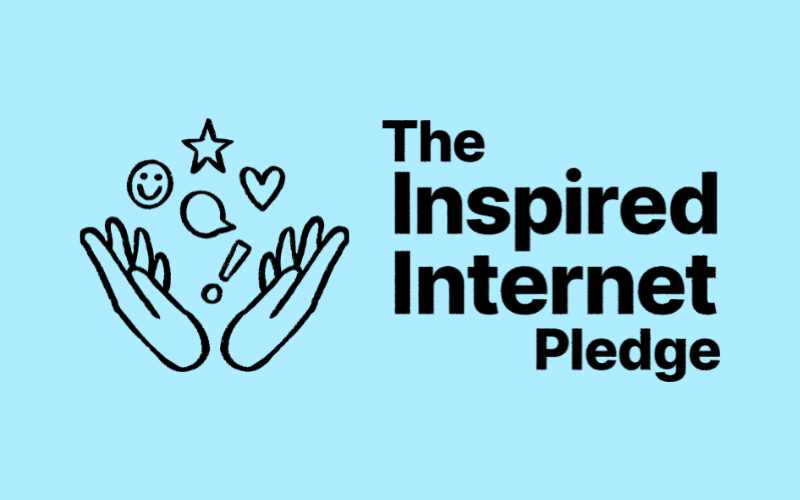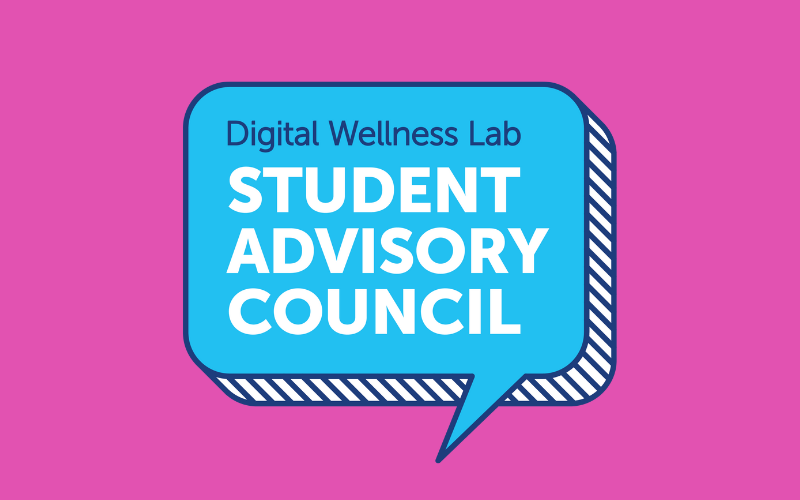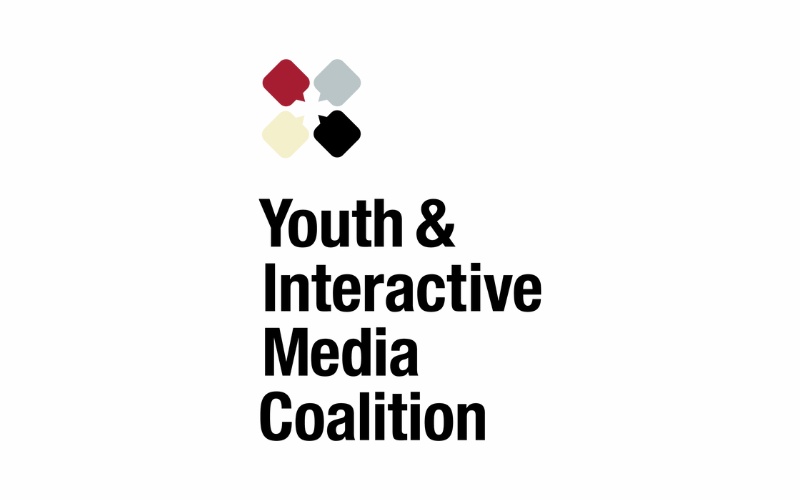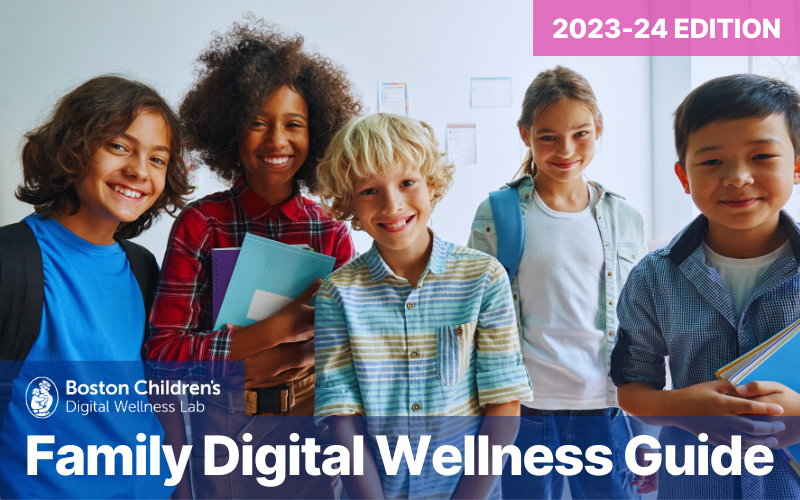The Landscape of Gaming for Children and Adolescents
Video gaming is an extremely popular pastime for children, adolescents, and young adults. In the U.S., teens and tweens who game are playing an average of two-and-a-half to three hours each day (this includes playing on video game consoles, mobile devices, and computers), and even children eight and younger are spending an average of 23 minutes gaming daily, mostly on mobile devices (Rideout et al., 2022; Rideout & Robb, 2021). When we compare time spent gaming and enjoyment of video games by gender, there is a disparity: 40% of teen and tween boys play video games every day and 60% say they enjoy games “a lot”, but just 10% of girls say they play daily and 24% say the same about their enjoyment levels (Rideout et al., 2022).
During the pandemic, kids’ and teens’ screen media use increased substantially. According to a survey-based study conducted by Common Sense Media, tweens and teens reported a 17% increase in screen time from 2019 to 2021, including their use of video games, which increased by about 9.5% for teens (Rideout et al., 2022). In a survey conducted during the first year of pandemic lockdowns, 51% of parents with a child under age 11 reported that they believed their child was spending too much time playing video games (McClain, 2022). Overall, parents’ opinions about video games are mixed: in 2020, 71% of parents polled by University of Michigan’s C.S Mott Children’s Hospital believed video games could be beneficial for teens, but almost half of parents reported that video gaming gets in the way of family time (46%) and/or sleep (44%) (Freed et al., 2020).
In policymaking and media, children’s perspectives on the benefits and risks of video games are often secondary to the concerns of parents and lawmakers. So what do children think about the games they play, and how do they interpret their use as healthy or unhealthy? This brief will explore research that centers children’s and adolescents’ own views about video games in order to create a clearer understanding of why so many youth play, and deeply enjoy, video games.
Social Gaming from the Youth Perspective
Games and gaming platforms often allow players to communicate in real-time, both within the game and through social features like voice- or text-based chat. While these features can pose risks acknowledged by youth (e.g., playing with a stranger who is mean; see: Carter, Moore, Mavoa, Horst, & gaspard, 2020) many young video game players see these features as important to their enjoyment of the game (Livingstone and Pothong, 2021).
Using video games to connect with peers is a strong driver of young people’s interest in play. Being a “gamer” can also be an important facet of social identity for children, especially for boys. Research has found that boys in particular know which games are popular and their use of these games can impact their social capital within friend groups. Boys also often integrate their game preferences into their identities (Scholes et al., 2022). For girls, the gamer experience can be harder to navigate. Research out of Europe explored gendered gaming, finding that girls may hide their gaming identity and be unaware of other female peers who play (Vilasis-Pamos & Pires, 2022).
Social gaming platforms and features became even more important during COVID-19 “lockdowns”, when children and adolescents had to move their social interactions to a virtual space (Cowan et al., 2021). Young people’s feelings and experiences using these tools and spaces, as well as their experiences of connection from gaming with friends and family, are critical for understanding youth gaming culture.
Online Cooperative Play – The Cases of Minecraft and Fortnite
Minecraft is an extremely popular game among young children. In 2018, research conducted in Australia found that 11% of 3-5 year-olds and 39% of children aged 6-8 had played the game in the past month; for boys aged 6-8, the percentage who played Minecraft in the past month jumped to 68% (Mavoa et al., 2018).
While many children enjoy Minecraft for its diversity of gameplay options and imaginative features (Livingstone & Pothong, 2021), research has found that children with autism spectrum disorders (ASD) may uniquely benefit from the social features of the game. The Autcraft server on Minecraft was created for children with ASD, who often experienced bullying on other servers, and their families. Research conducted about the social experiences on Autcraft show that children with ASD feel they can express their emotions in safe ways via text, creating a sense of community, and combating the sense of isolation many autistic children often experience (see Ringland, Wolf, & Boyd et al., 2016; Ringland, Wolf, & Faucett et al., 2016). (Here, we are following the conventions set forth by the study’s first author, who notes that the community they worked with preferred to use person-first (e.g., child with autism) and identity-first (e.g., autistic child) language interchangeably.)
Fortnite is another example of social gaming, especially for older children who may “age out” of Minecraft as they progress through elementary school (Mavoa et al., 2017), as well as adolescents. Younger players say that they enjoy multiplayer versions of the game more than playing solo (Carter, Moore, Mavoa, Horst, & gaspard, 2020). The in-game interactions work as an extension of their offline social groups; youth preferred playing with friends rather than strangers, and they used both the in-game communication capabilities as well as phone calls and video chats to connect during shared gameplay (Carter, Moore, Mavoa, Horst, & gaspard, 2020; Livingstone & Pothong, 2020).
A brief article published in The Journal of Children and Media from a researcher whose child was a Fortnite player echoes the prosocial value of a game often dismissed for the violence it contains. The author describes a moment where, because of COVID restrictions, her son had a virtual sleepover with friends. He and his friends “adopted” a younger player playing alone on his birthday, leading the researcher to re-evaluate her preconceived notions of the value of the game (Navarro, 2021). This example demonstrates how, for children and adolescents, prosocial behavior is not necessarily constrained only to games which explicitly promote those values (for further reading on Fortnite and prosocial behavior, see Shoshani & Krauskopf, 2021).
Gaming to Connect With Family
For some families, the concerns of the parent about video gaming and the parents’ technological abilities can hinder connection between parents and children over gaming. When researchers interviewed boys and their parents about gaming, the parents often expressed concerns about time management and content of the games, and few boys acknowledged regular game play with a parent (Kutner et al., 2008).Research specifically including adolescent or child perspectives on the negative and positive effects of co-playing with a parent is still limited. While co-play between a parent and child can be a bonding opportunity, some research shows that only about 50% of tweens and teens co-play video games with a parent (Coyne et al., 2011). Interestingly, however, Coyne et al. (2011) found that co-playing had more benefits for daughters; the researchers note this may be because boys play more video games overall and are therefore spending a greater percentage of their gaming time playing alone, or because boys are more likely to play violent and highly-stimulating games where positive interactions between parent and child are less likely.
Recent research further supports the benefits of co-playing video games; both parents and children reported strengthening their relationships with one another through shared gameplay. Interestingly, many participants also reported finding value in watching another family member play a single-player game, creating a shared family experience through hybrid co-viewing and co-playing (Musick et al., 2021). Initial research suggests this connection can extend and even expand in importance during times of stress. During the summer and fall of 2020, when many COVID-19 restrictions remained in place, researchers found that Animal Crossing: New Horizons could help families connect with each other and cope with the stressors associated with the pandemic (Pearce et al., 2021).
Youth’s perceptions of the value of sibling play are also understudied. Similar to co-play with parents, just about half of siblings report playing video games with each other, with boys playing more with their brothers and girls playing more with sisters (Coyne et al., 2016). The same study found that increasing time gaming with siblings increased affection; for boys, playing video games with a sibling increased both affection and conflict, possibly due to the competitive nature of games often played by boys (Coyne et al., 2016).
Streaming Videos of Gaming
YouTube is extremely popular among children and adolescents, with 95% of teens using the platform and 81% of parents with children 11 or younger reporting they allow their children to watch videos on the platform (Smith et al., 2018; Vogels et al., 2022). YouTube has become a space where videos focused on gaming have achieved immense popularity; in 2014, for example, Minecraft was the second most searched term on the platform (Lang, 2015). In a survey of parents, 37% reported their child had watched Minecraft-related YouTube content in the previous week (Mavoa et al., 2017). Research with tweens and young teens found that YouTube was mentioned very frequently as a space where it was easy to learn how a game feature worked, and this content was more appealing coming from famous or relateable gamers (Carter, Moore, Mavoa, Horst, & gaspard, 2020). Youth also reported creating and sharing content on the platform to show their achievements or participate in popular gaming-related trends like “Fortnite dances” (Kahila et al., 2021).
YouTubers and other streaming influencers can also influence children’s video game play. Research has found that teens believed Fortnite may have gained popularity because famous YouTubers started playing it, and that they were sometimes introduced to the game by YouTubers they followed (Carter, Moore, Mavoa, Horst, & gaspard, 2020).
Twitch is another popular platform where players can livestream their video game play. 20% of teens aged 13-17 report ever using the platform (Vogels et al., 2022). Importantly , viewers of streamers can financially support these influencers by donating or subscribing, which is often acknowledged by the streamer during their livestream (Sjoblom et al., 2019). Twitch streamers may also promote products during live streams or on social media, where many of their viewers may follow them (Sjoblom et al., 2019). These shoutouts or recommendations from streamers, who young people often look up to, may be particularly appealing for players who want to engage with the community. More research should explore the opinions of youth regarding monetary support and purchase intention for products promoted by streaming influencers on platforms such as YouTube and Twitch. Videos and streaming are an important extension of video game play for youth, whether for showcasing their own achievements, consuming game-related content for learning new skills, or simple enjoyment, and should be researched further with adolescents’ own perspectives in mind.
Are Youth Concerned About Becoming “Addicted”?
Research focused on understanding the possible negative effects of what many researchers call “addictive” or “problematic” video game play on children and adolescents continues to expand (ex. Gao et al., 2022). However, the interpretation of these potential dangers and youths’ personal viewpoints on unhealthy video game behaviors is limited.
One piece of research shows that children are both cognizant of the discourse surrounding video game play and often critical of “addiction” labels. Carter, Moore, Mavoa, gaspard, & Horst (2020) interviewed youth about their understanding of Fortnite “addiction.” The participants used the term “addicted” to describe a wide spectrum of behaviors, often encompassing any desire to return to a game or playing for an extended length of time. The authors found that none of the participants displayed truly problematic use, meaning that the label of “addiction” may pathologize gameplay that is simply engaged and not in fact problematic. Internet Gaming Disorder and Gaming Disorder and their diagnostic criteria (American Psychiatric Association, 2013; World Health Organization, 2019) continue to be debated within the academic community, so young players themselves may also share varying opinions about problematic use.
Future research should continue to explore how children and adolescents perceive their video gaming behaviors in order to better treat those who truly struggle with their gaming habits, as well as to better define the issues of engagement vs problematic use in a rapidly evolving gaming and technology landscape.
This research brief was written by Kaitlin Tiches, MLIS, Medical Librarian and Knowledge Manager at the Digital Wellness Lab. For more information, please email us.







